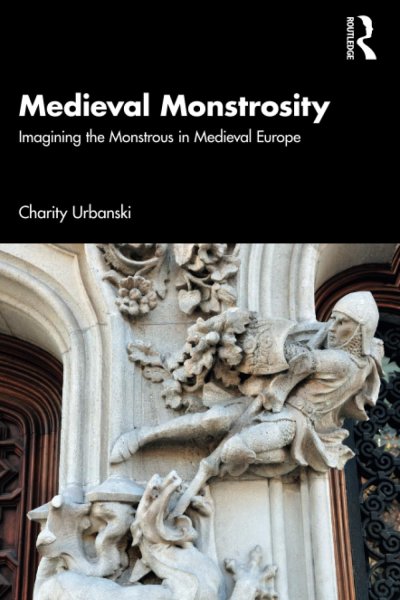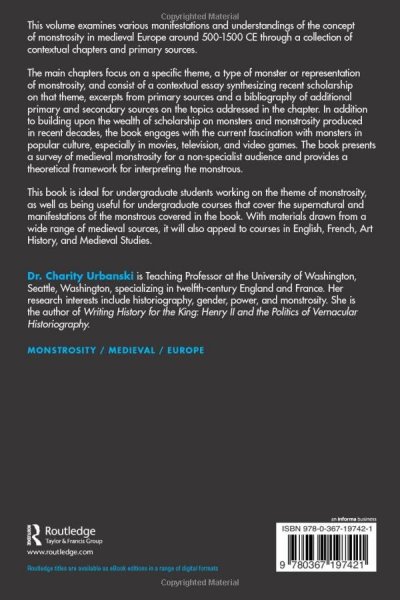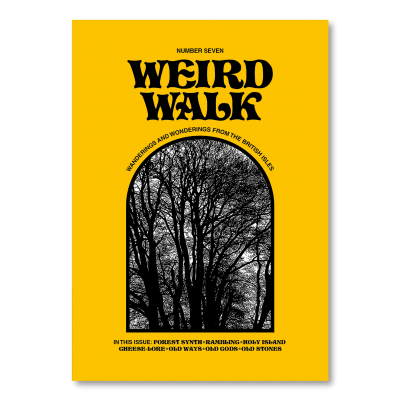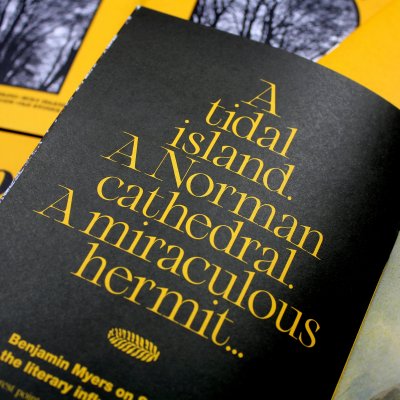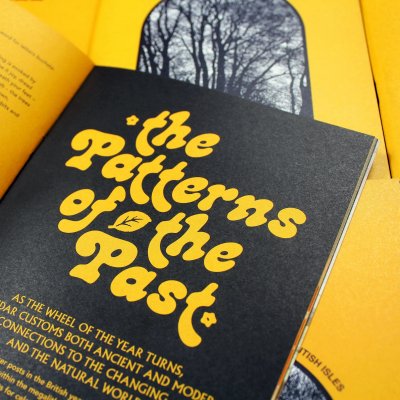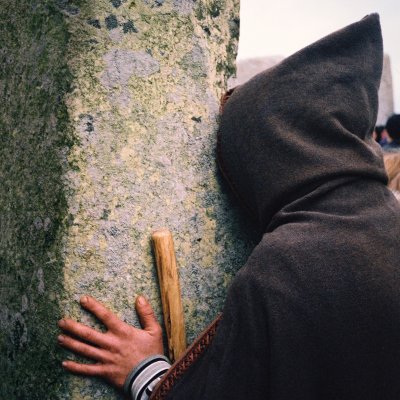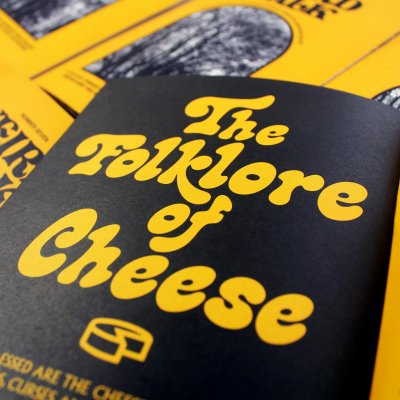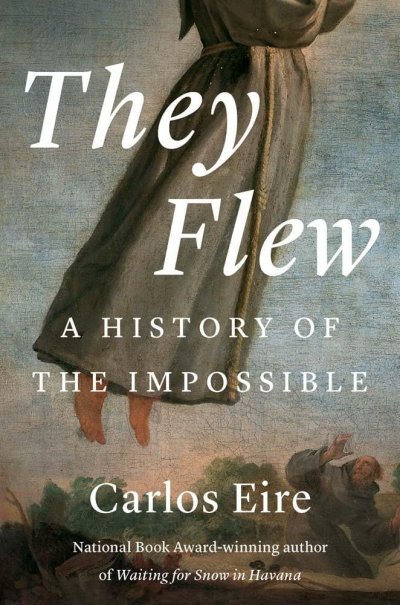- Joined
- Oct 29, 2002
- Messages
- 36,533
- Location
- East of Suez
I'm not sure what's going on with the price. £205.00 is absurd even for a (non-technical) academic publication. I expect to see it change.


The Routledge Companion to Folk Horror offers a comprehensive guide to this popular genre. It explores its origins, canonical texts and thinkers, the crucial underlying themes of nostalgia and hauntology, and identifies new trends in the field.
Divided into five parts, the first focuses on the history of Folk Horror from medieval texts to the present day. It considers the first wave of contemporary Folk Horror through the films of the ‘unholy trinity’, as well as discussing the influence of ancient gods and early Folk Horror. Part 2 looks at the spaces, landscapes, and cultural relics, which form a central focus for Folk Horror. In Part 3, the contributors examine the rich history of the use of folklore in children’s fiction. The next part discusses recent examples of Folk Horror-infused music and image. Chapters consider the relationship between different genres of music to Folk Horror (such as folk music, black metal, and new wave), sound and performance, comic books, and the Dark Web. Often regarded as British in origin, the final part analyses texts which break this link, as the contributors reveal the larger realms of regional, national, international, and transnational Folk Horror.
Featuring 40 contributions, this authoritative collection brings together leading voices in the field. It is an invaluable resource for students and scholars interested in this vibrant genre and its enduring influence on literature, film, music, and culture.
https://www.amazon.co.uk/Routledge-Companion-Horror-Literature-Companions/dp/1032042834

The Routledge Companion to Folk Horror offers a comprehensive guide to this popular genre. It explores its origins, canonical texts and thinkers, the crucial underlying themes of nostalgia and hauntology, and identifies new trends in the field.
Divided into five parts, the first focuses on the history of Folk Horror from medieval texts to the present day. It considers the first wave of contemporary Folk Horror through the films of the ‘unholy trinity’, as well as discussing the influence of ancient gods and early Folk Horror. Part 2 looks at the spaces, landscapes, and cultural relics, which form a central focus for Folk Horror. In Part 3, the contributors examine the rich history of the use of folklore in children’s fiction. The next part discusses recent examples of Folk Horror-infused music and image. Chapters consider the relationship between different genres of music to Folk Horror (such as folk music, black metal, and new wave), sound and performance, comic books, and the Dark Web. Often regarded as British in origin, the final part analyses texts which break this link, as the contributors reveal the larger realms of regional, national, international, and transnational Folk Horror.
Featuring 40 contributions, this authoritative collection brings together leading voices in the field. It is an invaluable resource for students and scholars interested in this vibrant genre and its enduring influence on literature, film, music, and culture.
- Publisher : Routledge; 1st edition (9 Oct. 2023)
- Language : English
- Hardcover : 454 pages
- ISBN-10 : 1032042834
- ISBN-13 : 978-1032042831
- Dimensions : 16.99 x 2.69 x 24.41 cm
https://www.amazon.co.uk/Routledge-Companion-Horror-Literature-Companions/dp/1032042834




